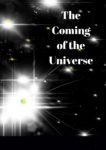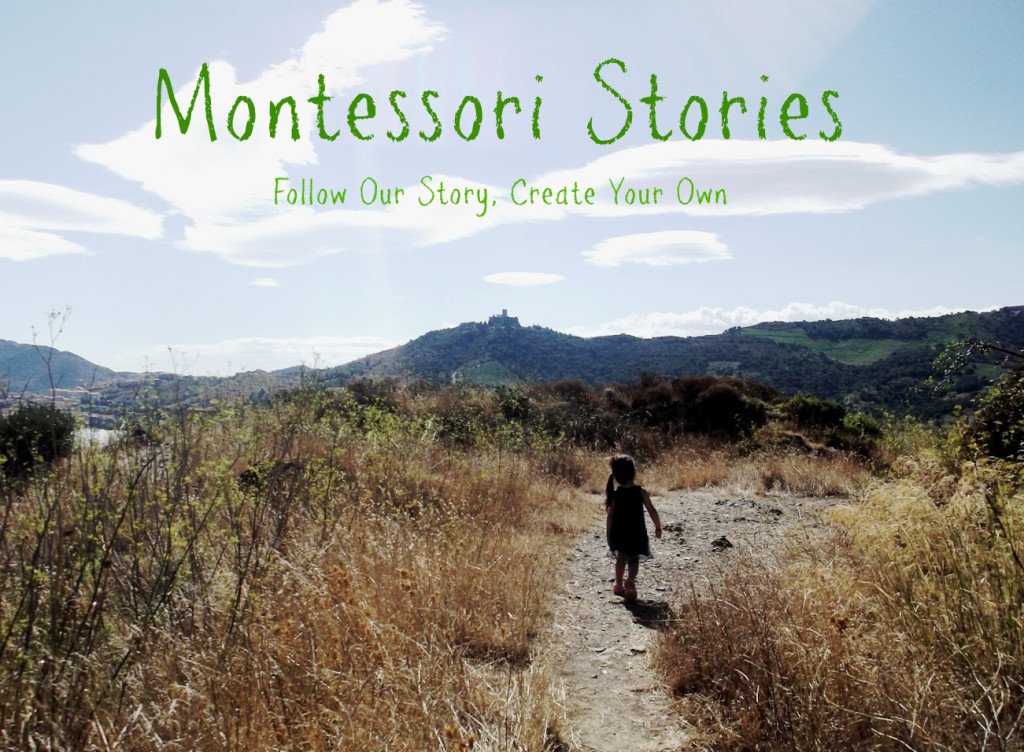Montessori Great Lessons

What is the Purpose of the Montessori Great Lessons?
The Montessori Great Lessons are the underpinning to Montessori education in the 6 – 12 plane. They are a wonderful way to introduce children to the creation of the Universe and take them on a journey through time. It is astounding to see how a child can retain information, and when presented with engaging and exciting stories such as these, their desire to learn increases.
On this page, I’ll take you through an introduction to the Great Lessons and will provide links to related Montessori materials and resources. I am working on a Great Lessons PDF pack too, which is being shared on my Patreon page.
You can click here to go there now.
You’ll also find a downloadable version of this page there, as well as a copy of the First Great Lesson story as both a PDF and editable document.
I will be adding to the content on Patreon regularly. If you support me on that platform, you’ll be notified each time there’s an update.
Now, let’s start with the basics.
What Are the Five Great Lessons of Montessori?
- First Great Lesson: The Coming of the Universe
- Second Great Lesson: The Coming of Life
- Third Great Lesson: The Coming of Humans
- Fourth Great Lesson: The History of Writing
- Fifth Great Lesson: The History of Mathematics
First Great Lesson
The Coming of the Universe is a deliberately awe inspiring lesson. It is a story with suspense early on and with many opportunities to get the imagination flowing. It takes us from a time where there was nothing, through to the beginning of our solar system and earth.
The First Great Lesson sparks imagination and creativity and helps our children to understand how our planet has evolved. Simple yet exciting references to the composition of the earth lead to exploration of volcanoes and land formations; this leads to opportunities to learn about the other planets in the Universe. The potential to explore is huge, and the possibility to open our eyes to the wonders of our existence is limitless.
Second Great Lesson
At the end of the first lesson, we talk about the Earth – a cliff hanger for the children to wonder what happened next. It’s this sense of anticipation that helps the students to think for themselves. Their inquisitive nature, and the questions that form in their minds, are the first steps of the research process which is so important in Montessori education.
In the Second Lesson, The Coming of Life, the children see the basic appearance of one cell organisms, again explained in such a way to pique their interest. From here, they learn about the evolution of species and become exposed to the diversity of the natural world. There is a level of complexity here, including learning the correct terminology, but once again the lesson and the hands on tools available allow bite-sized exploration to those who show interest.
Whilst it may seem strange that little minds can understand things that are often not taught until much later, quite the opposite is true. The children are receptive to suggestions and accept it as “just the way it is”. They have the chance to explore, ask questions and satisfy their own curiosity at a level appropriate to their unique personal development.
Third Great Lesson
The Coming of Humans is the lesson that builds a picture of our own development through time.
Today, we take for granted the ability to love and to use our hands, but these things are also what makes ‘people’ unique. The third great lesson provides the opportunity to share the importance of human emotion, which is fundamental in Montessori education. Teaching respect for others together with allowing children to take on tasks from an early age, assists in our children growing into well grounded adults.

Fourth Great Lesson
At the end of the last lesson, we planted the seed of human history, but we have yet to consider how our ancestors developed their communication skills. In The History of Writing, we uncover early cave paintings, and the study of the language and the written word flows forward from here. The students discover how the Egyptians, Greeks and Romans all contributed to the language we use today.
In the Montessori elementary classroom, a key focus of language skills is to research, understand and convey what is learned. By writing in their own journal and taking decisive action to record their findings, the children learn this first hand.
Understanding how humans use pictorials and words to share their stories, then doing similar to share their own learning means children grasp the importance of communication skills.
Fifth Great Lesson
The History of Mathematics is the last lesson and one which looks at early numerals in different civilisations. It opens the door to talk about construction, architecture and other ways mathematics contributes to our daily existence.
Having previously introducing children to the ideas presented in each of these great stories, we can create a framework for them to refer back to. Far from mathematics being just a process of operations, the student can understand how nature, life and science are in fact related to numbers, geometry and all other concepts of mathematics.
Montessori Great Lessons in Summary
Overall, I like to think of Maria Montessori’s great stories, and their ability to inspire children, as the umbrella for Montessori education.
As an author, I find it inspiring to see how language and communication can enhance a learning experience. For each question a child asks after hearing these wonderful stories, they can follow a unique path of their own.
The timelines used in the Montessori great stories enables students to visualise life’s interconnectivity throughout time, and this is a key of the Montessori theory. I will soon dive further into this topic on my blog, where I’ll give working examples of how this process may occur, but for now I hope you have enjoyed this introduction.
Finally, I’d like to invite you to learn more about my intention to help others navigate their journey. If you’d like to read more, please visit my information page, Montessori Materials.
Thank you for reading. For future reference, I’ll post on social media and with a newsletter update once I publish new articles. You can find me on Facebook, Instagram and Pinterest where I share as often as I can.
As mentioned earlier, I have also set up a tier on my Patreon account for ease of sharing. There, I will also be sharing useful information and tutorials related to Arts education as well as the Montessori Great Lessons.

